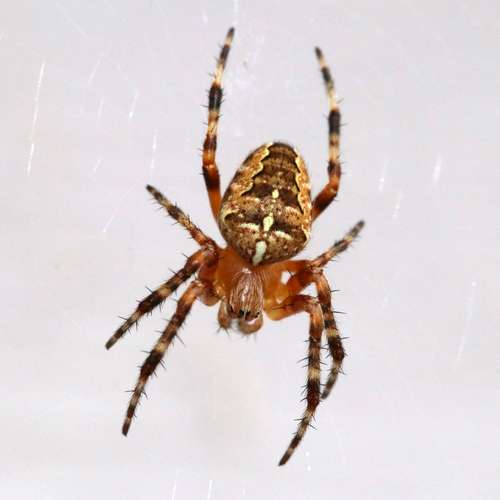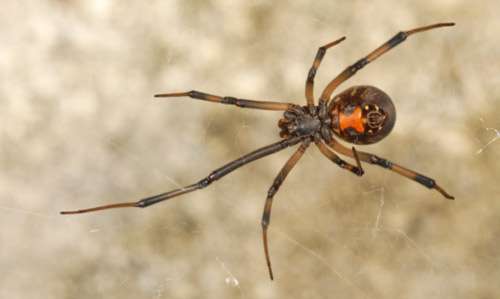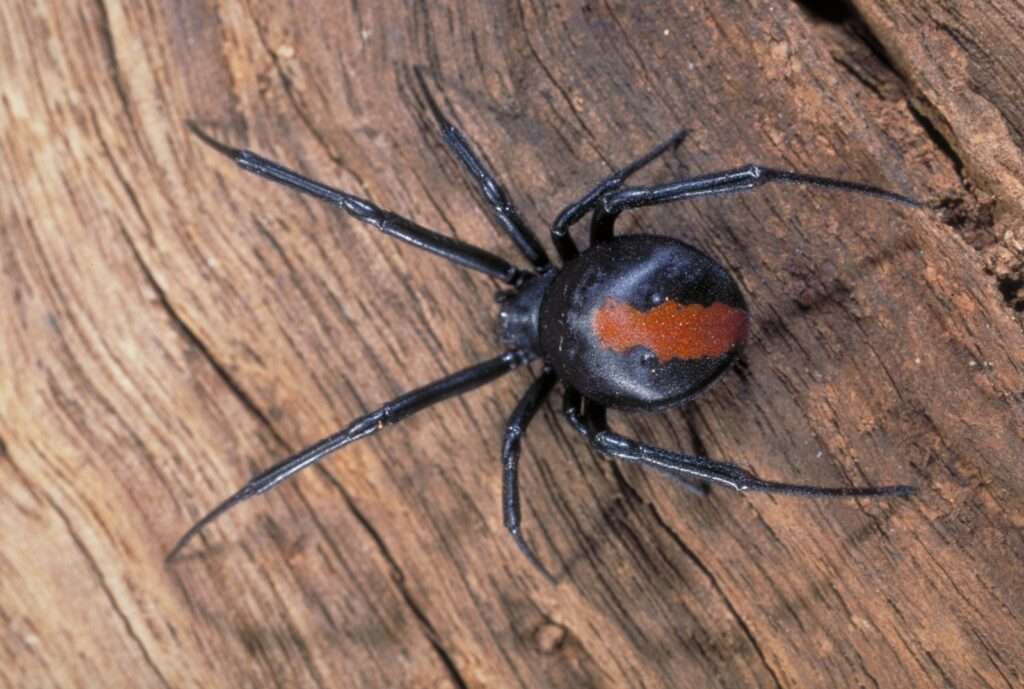
The Sicariidae (formerly classified in the family “Loxoscelidae”) brown recluse (Loxosceles reclusa) is a recluse spider with necrotic venom. Their bites, like those of other recluse spiders, may necessitate medical attention. The Chilean recluse, the black widow, and the brown recluse are the other two spiders in North America that have venom that is considered to be medically relevant.
Usually measuring between 6 and 20 millimeters (0.24 and 0.79 in), brown recluse spiders can get bigger. They are normally light to medium brown, but can also be white, dark brown, or even blackish gray in hue. There is no set color for the cephalothorax and abdomen. These spiders are known as fiddleback spiders, brown fiddlers, or violin spiders because of markings on the dorsal side of their cephalothorax that typically include a black line that resembles a violin with the neck pointing to the rear of the spider.
Habitat
The southern and central parts of the United States, including Missouri, Kansas, Arkansas, Louisiana, eastern Texas, and Oklahoma, are where brown recluse spiders are most prevalent. Outside of these regions, they have been discovered in a number of sizable cities. The brown recluse spider favors enclosed, dark spaces like wood piles and beneath porches.
Diet
Brown recluses differ from other spiders in their nutrition just slightly. They consume other spiders as well as little insects. A recluse hunts prey like a wolf, but it does so as a running spider, not as a spider that makes webs to snare food. Their venom is used to subdue their victim.
Description
In contrast to most spiders, the brown recluse possesses three pairs of eyes. Since other spiders can have identical patterns, the violin pattern is not a reliable way to identify a spider (e.g. cellar spiders and pirate spiders). Instead, recluse spiders have six eyes that are placed in pairs (dyads), one middle pair and two lateral pairs, as opposed to the eight eyes that most spiders have. The arrangement of the three pairs of eyes is unique to very few other spiders (e.g., scytodidae). Recluses lack spines and have no noticeable color patterns on their legs or abdomen. The brown recluse spider’s violin marking can vary in severity with age, with mature spiders often having black violin forms.

Economic Importance for Humans
Positive
They support us in our ongoing war against insects. They assist in reducing the number of harmful and bothersome insects and pests.
Negative
Their bites can range from minor to serious, and on rare occasions, lethal. In the USA, at least 5 fatalities attributed to their bites had been documented as of 1984. The danger of their hemolytic venom. A dark gangrenous patch results from the poisons in the bite killing the surrounding cells around the puncture. Frequently, the skin around the wound starts to peel away, revealing the underlying structures.
Life Cycle
Brown recluse spider adults typically have a lifespan of one to two years. Between May and July, each female produces many egg sacs, each containing about fifty eggs, throughout a two to three month period. It takes the eggs about a month to hatch. The spiderlings mature into adults in roughly a year. The brown recluse spider is hardy and can survive harsh drought, a lack of food supply, and other conditions for up to six months. A brown recluse once endured nearly five seasons in confined custody without consuming any food.
Brown recluses are not balloon-shaped because they are haplogyne, which restricts their capacity to spread rapidly throughout the globe. If food becomes short, the brown recluse will devour another animal, though not frequently. This is especially true during its regular mating season from June to September or when an aggressive male comes into contact with an unreceptive female.
As pet
Brown recluse spiders make good pets for seasoned spider keepers but are not recommended for beginners. Despite being extremely delicate and rarely biting people, brown recluses can nevertheless do some considerable harm. Larger doses of brown recluse spider venom can result in organ damage and even death. The venom from their bites is harmful to both humans and dogs. And if you have a pet dog and cat, you might want to think about getting another animal friend because they can be extremely harmful to your other pets.
Table





